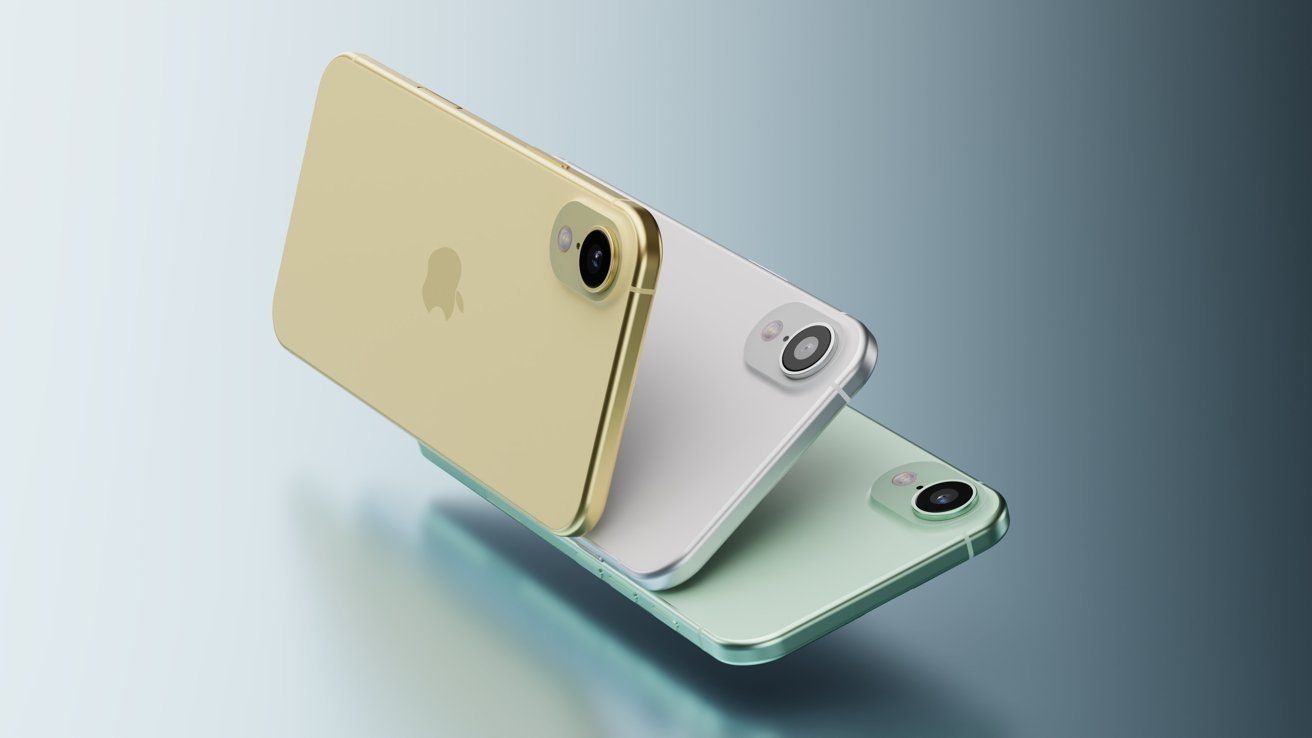Bussiness
Vosper: Why big outsider companies (almost) always fail in the bike business

Quiz time: what do the following automobile companies all have in common? Jeep, Mercedes, Tesla, Porsche, Peugeot, Ford, Volkswagen, Audi, Hummer, Toyota, Skoda, BMW, and GM. (I’m sure there are more, but these are the ones I could find easily.)
OK, how about the following motorcycle companies? Harley-Davidson, Ducati, Yamaha, and Triumph. (Again, I’m sure there are more.)
If you answered “They all make or have announced their own lines of e-bikes,” you’re partly right. But the answer I was looking for is, “They’ve all made or announced their own lines of e-bikes, and they’ve all failed at it” (or are likely to, in my assessment).
After all, these are huge international companies with massive engineering departments and marketing budgets bigger than most bike brands’ annual revenues. And they all clearly have expressed an interest in adding e-bikes to their EV lineups. Yet their meaningful success rate to date stands at exactly zero-point-zero percent.
Am I the only one wondering what the heck is going on here? Some would say the bike industry is insufficiently profitable to attract real interest from automakers, and their e-bike announcements are more on the order of branding tactics than serious business endeavors.
And they might be right. But the average gross profit margin among 16 automakers worldwide is just 6.1%, which is not out of line for pre-pandemic bike brands. If they’re not really interested in the e-bike market, then why wouldn’t they be?
The answer, I think, is that the bike market, across all channels (specialty retail, specialty sporting, mass market and consumer-direct), is just too idiosyncratic, insular and downright weird to merge will with large consumer goods companies’ baseline business practices. Or, to put it another way, the culture shock is just too much. Or, still another way, they just don’t get the bike business.
And it’s not just about e-bikes, either.
The clash of cultures
Overall, the track record of large outside companies trying to enter the bike business has been disastrous.
Overall, the track record of large outside companies trying to enter the bike business has been disastrous. I’ve already written last year about the failure of bike-shop branded e-bikes in powersport dealers. So the clash of cultures goes in both directions. Powersports customers are not particularly interested in e-bikes, at least not high-end e-bikes from bike shop brands and sold by powersports dealers. And, to be fair, powersports salespeople tend to be far more interested in selling a $30,000 boat or motorcycle to a customer than a $5,000 e-bike.
But the truth is that with a few notable exceptions, very few large companies from outside the bike business has been successful inside it, in any capacity.
The first and most important of these exceptions is Pon, which fairly recently (beginning in Europe in 2011) began purchasing and running bike brands. Its lines now include Cannondale, GT, Santa Cruz, Gazelle and Cervélo, along with Schwinn and other mass-market brands, plus some primarily European brands like Kalkhoff … not to mention any number of retail shops. I wrote about the significance of this integrated market strategy back in 2021.
Another is Scott, a sporting goods giant whose eponymous bike brand has been modestly successful for more than two decades, both in the USA and Europe markets. And there are a number of tire companies competing in the cycling market for as long as there have been tire companies. Another well-known mark, Goodyear, came back to the cycling industry in 2018 (following an earlier licensing deal).
But overall, the track record of large outside companies trying to enter the bike business has been disastrous. Consider the dozens of investment firms that have tried to resuscitate ailing brands, only to purge them in a couple years and move on to the next gold-plated opportunity. Signature case in point, Schwinn’s resurrection from bankruptcy and subsequent string of less-than-successful owners prior to its eventual purchase by Dorel (which reincarnated Schwinn as a mass-market brand) and later Pon.
A teeny-weeny history lesson
Old-timers will recall Nike taking a run (heh) at the bike biz not once, not twice, but on three separate occasions.
Old-timers will recall Nike taking a run (heh) at the bike biz not once, not twice, but on three separate occasions.
Following is an excerpt from a BRAIN piece I wrote way back in 2012, highlighting the spectacular failures of two world-class brands, Levis and Nike, in their abortive entries into the bike business.
Here’s what I had to say specifically about Nike:
Two reasons the bicycle business is the bicycle business and not just a minor subset of the outdoors or sporting goods business are that we’re relatively small and relatively unique.
Periodically some corporate giant with a checkbook the size of our entire gross sales industry-wide decides to step in and show us rubes how it’s done. And a few years later they step back out again with their corporate tail between their corporate legs after receiving a stern talking-to from their corporate accounting department.
The classic case of corporate hubris in this regard came from Nike, a small company you may have heard of. Old-timers will recall the Swooshters taking a run (heh) at the bike biz not once, not twice, but on three separate occasions between the late ’80s and the mid-2000s. And how they failed each time.
The first time around they tried to do it with cutting-edge features like the first Velcro closures on cycling shoes. But they also located the buckle right on top of that big nerve that runs across the arch of your foot. Ouch. (It later took Dino Signore at Sidi to figure out how to do that one right.) So the Nike guys slinked (slunk?) back to Beaverton to lick their wounds and pretend the whole thing never happened.
The second time around, in 1991, they brought a fresh line of shoes and some serious firepower in the form of cycling legend and then-world champion John Tomac. The shoes were better, but even Johnny T — the only cyclist, by the way, to ever be a U.S. national champion in BMX, mountain bike and road disciplines — couldn’t help them, distribution-wise. Lather, rinse, repeat.
So the third time around, no more Mister Nice Guy.
In the mid-2000s Nike comes to the table with Lance Freaking Armstrong at its side. Not to mention an award-winning multimillion-dollar campaign of Weiden Kennedy TV spots that run virtually nonstop during the Tour de France for a couple years and Trek — Trek! — to distribute its products. Oh yeah, and they had some Nike-branded shoes and stuff, too. And they still not only can’t make a satisfactory dent in the North American bike market, but they’re getting their butts kicked by companies they could buy outright without rating a line item in the annual Nike Corporate Report to Shareholders. (Note: Trek subsequently went on to make its own — and far more successful — line of cycling shoes under the Bontrager imprimatur.)
If you can’t win with that kind of firepower, maybe it’s time to just go home. So they did.
Now let us pause, Gentle Reader, to consider the sheer mind-bending magnitude of what Nike had managed to accomplish here. Or not accomplish, as the case may be. Remember that old saying about not bringing a knife to a gunfight? Well, this is like bringing a gun to a knife fight. Or maybe an entire tactical nuclear arsenal. And losing anyway.
If you can’t win a fight with weapons like that, maybe the problem isn’t with you, or the weapons, but with the nature of the fight.
All of which brings us full circle to the ongoing influx of automobile and motorcycle-branded e-bikes. These are large, top-level companies with the resources to make good products and the marketing horsepower to compete in a crowded industry segment.
And I predict every one of them is going to fail. Just as Nike and so many others have.










